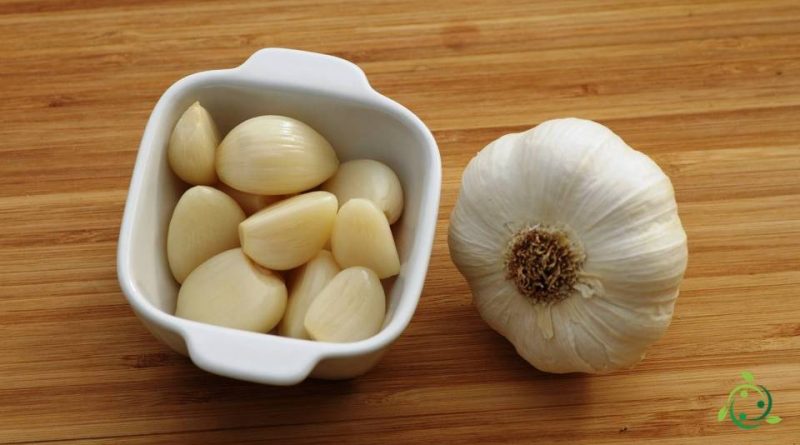Nutritional value of garlic
Nutritional value of garlic
Garlic (Allium sativum L.) is a bulbous plant of the Amaryllidaceae family grown all over the world.
The origin of this plant, due to its widespread cultivation, is uncertain even if its origins are Asian as they have been traced to south-western Siberia, from where it quickly spread to the Mediterranean basin and already known in ancient Egypt.
Characteristics –
Its main use is as a condiment, but it is equally used for therapeutic purposes due to the properties jointly attributed to it by science and popular traditions.
Garlic has a characteristic odor due to numerous organic sulfur-based compounds including alliin and its derivatives, such as allicin and diallyl disulfide.
The essential oil contains: allyl disulphide and allipropyl allicin (substance with antibiotic action), garlicin (with antibiotic action), allina (glucoside), vitamins A, B, C, sugars, phytosterols, lipids, mucilages. The essential oil is mainly eliminated through the respiratory system, carrying out antiseptic and balsamic activity.
Although it comes from popular culture where garlic is believed to lower the blood pressure of those with hypertension, a 2012 study from the University of British Columbia confirmed that consuming garlic in massive doses (200 grams 3 times a day) ) can slightly lower blood pressure (by decreasing the systolic blood pressure, the maximum, by 10-12 millimeters of mercury versus 6-9 for placebo).
Nutritional factsheet –
The particular nutritional and medicinal characteristics of garlic depend on its particular composition. Below are the nutritional values for every 100 grams of garlic. These contain 41 kcal / 171 kj.
Furthermore, for every 100 g of garlic we have on average:
– Water 80 g;
– Carbohydrates 8.4 g;
– Sugars 8.4 g;
– Protein 0.9 g;
– Fat 0.6 g;
– Cholesterol 0 g;
– Total fiber 3.1 mg;
– Sodium 3 mg;
– Potassium 600 mg;
– Iron 1.5 mg;
– Calcium 14 mg;
– Phosphorus 63 mg;
– Vitamin B1 0.14 mg;
– Vitamin B2 0.02 mg;
– Vitamin B3 1.30 mg;
– Vitamin A 5 µg;
– Vitamin C 5 mg-
Property –
Relevant medicinal properties are attributed to garlic.
It is a plant that is excellent for the prevention of flu, skin diseases, colds and infallible disinfectant for the intestine. Remember that a clove of garlic contains highly effective healing active ingredients such as allicin, sulfur, B vitamins.
Garlic has anti-helminthic properties against roundworms and pinworms, antimucolytic, hypotensive, expectorant, digestive, carminative, antiseptic, hypoglycemic.It has now been widely demonstrated the role of this plant in regulating cholesterol and triglycerides and in improving the relationship between LDL cholesterol and HDL cholesterol, i.e. between bad lipoproteins, which favor the formation of cholesterol deposits in the arterial walls, and good lipoproteins, i.e. those that work as tiny arteries sweepers, removing harmful accumulations of cholesterol.
Garlic is useful in chronic infections caused by Candida albicans and in those of the respiratory system.
In addition, garlic is also recognized for its remarkable “spicy” properties: it would help to maintain an active and healthy sexuality, being a food with aphrodisiac properties, above all thanks to the positive action it exerts on circulation in general.
Finally, it is reported that a study conducted by the University of Liverpool has confirmed that a daily supplement of garlic extract can reduce the risk of heart attacks.

